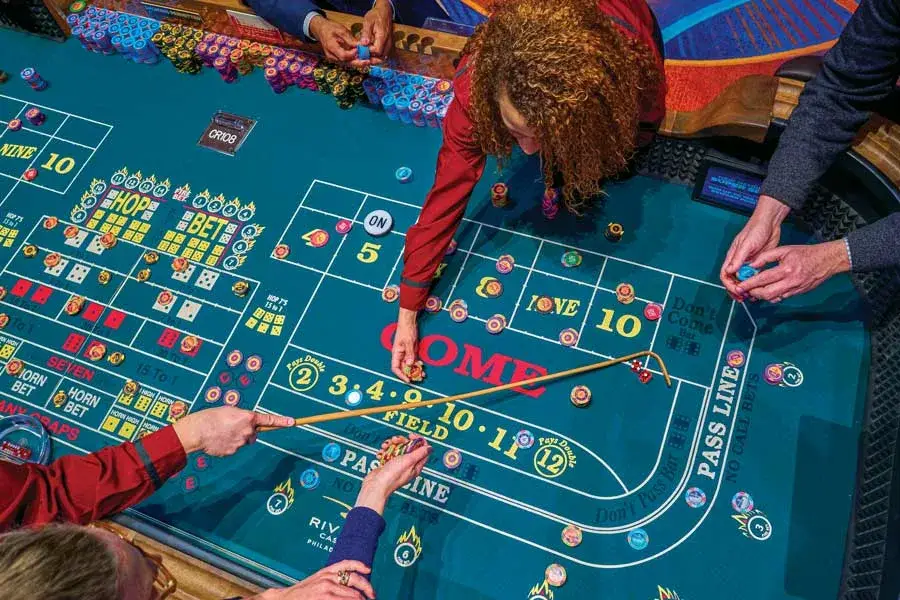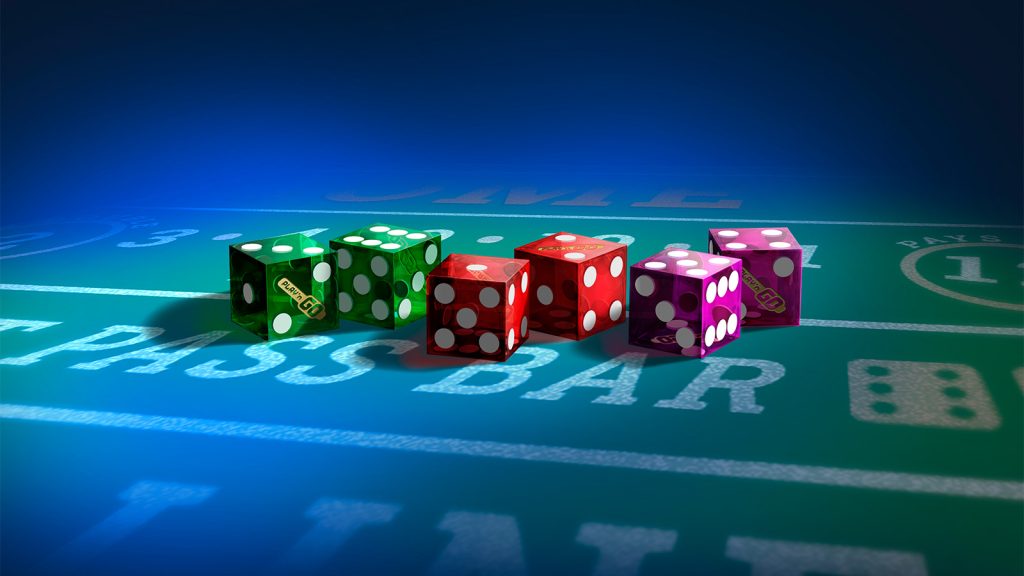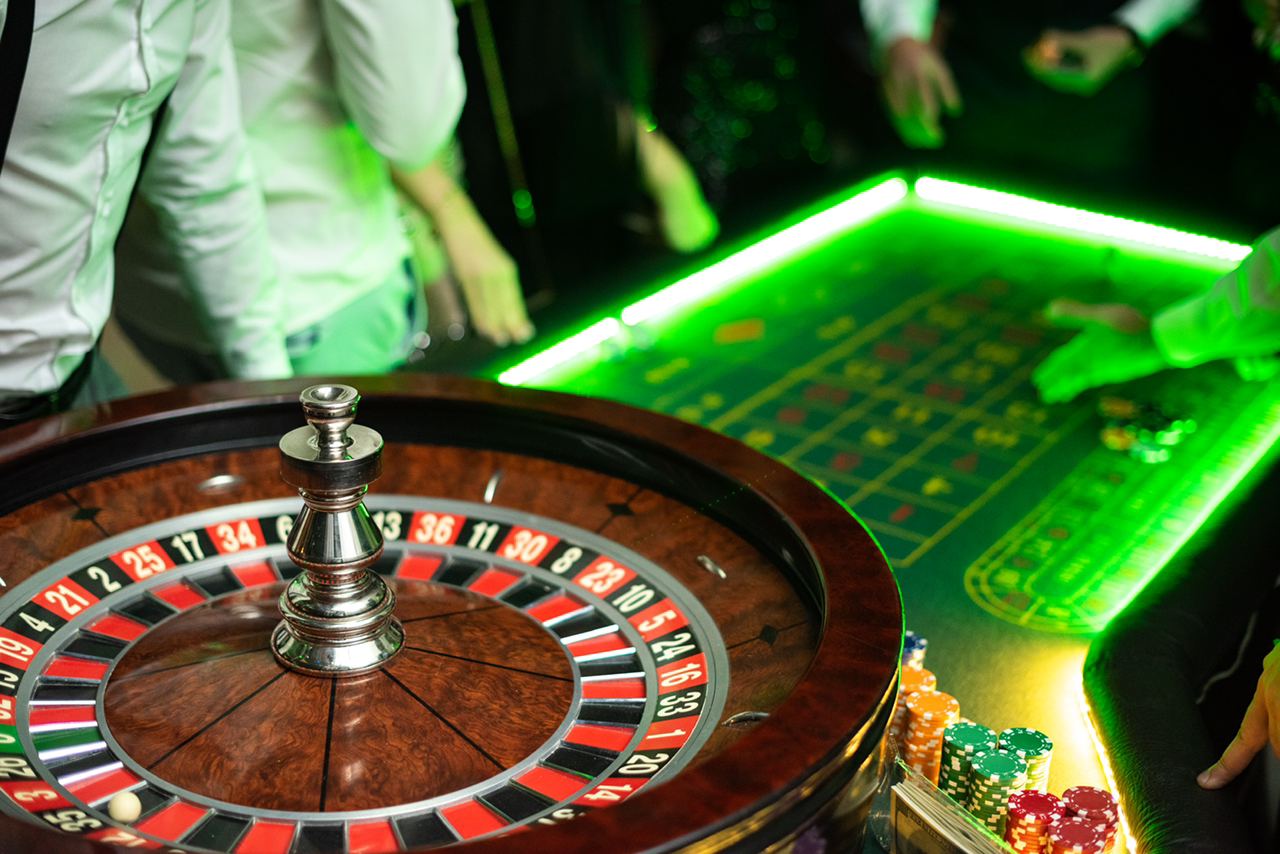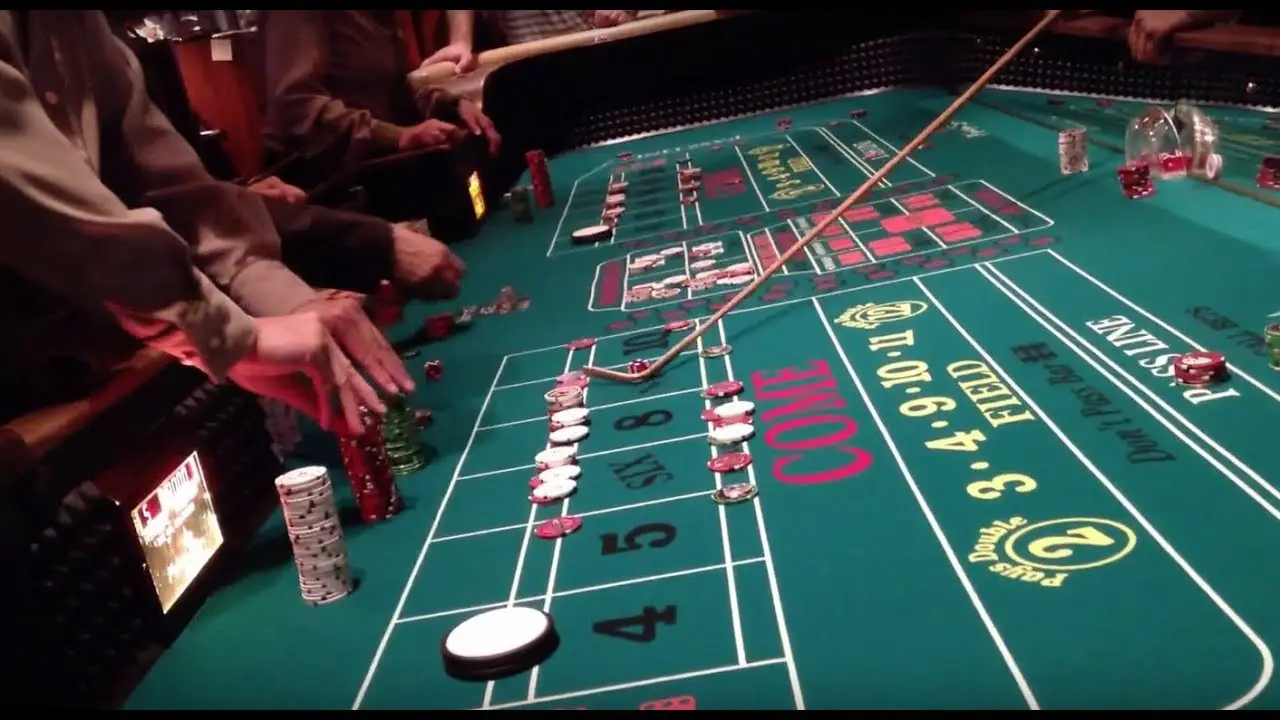It looks simple: two dice, a green board, chips, and a roll. But behind it lies a precise, almost theatrical ritual. The game of craps leaves no room for chance: each roll of the dice is a challenge, and each number is a signal to act. Understanding the structure of the process transforms the experience from instant excitement to a strategic sequence of decisions, where control rather than luck is the key.
The Crumps Game: How It Begins
The game of craps starts with a moment called the “Come-Out Roll.” The dealer announces the opening of a new stage, throws the disc to zero, and then one of the players rolls the dice. This moment determines the direction of the game. The roll determines the points that either result in a win or set a “point.”
If you roll a 7 or 11, you will immediately win. Rolling a 2, 3, or 12 will result in a loss. All other values — 4, 5, 6, 8, 9, 10 — fix the “point”. From this point on, the game of craps becomes cyclical: you must throw the set number until a seven appears.
The role of the players and the dealer in the process
 During the throws, all activity is divided between the dealer and the participants. The dealer accepts the chips, calculates the winnings, monitors the correct placement of the tokens, announces the throws, and moves the disc.
During the throws, all activity is divided between the dealer and the participants. The dealer accepts the chips, calculates the winnings, monitors the correct placement of the tokens, announces the throws, and moves the disc.

The participant rolls the dice in craps using two standard six-sided dice. Players use chips with different denominations, denoted by color: red ($5), green ($25), black ($100), and purple ($500). Each throw tells a unique story. The game moves in a rhythm that depends on the speed at which numbers are drawn.
The field and functionality of the zones
Craps divides the field into zones: Pass Line, Don’t Pass, Come, Don’t Come, Field, Place Bets, and Hardways. The game assumes that each zone is used based on the strategy. The Pass Line zone is activated at the moment of the first throw, and Don’t Pass is for betting against. Place Bets are used to place bets on a specific number. Hardways are designed for complex combinations such as 2+2 or 3+3.
During a craps game, the casino constantly monitors the location of the chips. The customer is not allowed to touch the bets after the dice are rolled, to avoid any suspicion of cheating. The tokens are only moved by the dealer.
The game of craps: how to place bets
Before the first throw, the casino accepts initial bets. Players choose the direction: with the casino or against. For beginners in craps, it is recommended to limit the Pass or Don’t Pass line to understand the mechanics. At the next stage, more complex ones are connected: Come, Place, Hardways, Field, Big 6/8.
Example: a participant places a $25 chip on the Pass Line. A 7 is rolled, and there is an instant win. Option two: a 6 is rolled, a point is set, and the process continues until a 6 or 7 is rolled.
Types of bids
The game of craps involves more than a dozen bets. The main ones are:
- Pass / Don’t Pass line. Choose for or against the die. Win with 7 or 11. Lose with 2, 3, 12.
- Come / Don’t Come. Similar to the previous, but after setting the point.
- Field. One bet for the next turn. Win with 2, 3, 4, 9, 10, 11, 12.
- Place Bets. Prediction for a specific number – 4, 5, 6, 8, 9, 10. Payment depends on the probability.
- Hardways. Bet on symmetrical combinations: 2+2, 3+3, etc. Payment – up to 9:1.
- Big 6/8. Prediction that 6 or 8 will fall before 7.
The move implies strict adherence to the bets — any deviation automatically cancels the chips. The visitor must know the placement area, the rules of craps, and the limits restrictions.
Betting strategies
The game of craps requires strategic thinking. A simple craps strategy is based on minimizing risk. In most cases, the player chooses the Pass Line and adds the Come after the point. This creates a double chance of winning without sudden fluctuations in the pot. A more advanced strategy involves distributing the cash on Place Bets based on probabilities.
Examples of probabilities:
- 7 is the most common combination (16.67% chance);
- 6 and 8 have a 13.89% chance each;
- 2 and 12 have a 2.78% chance each.
Statistics help to form a balance between bets. For example, $50 on Pass Line and $25 on Place 6 increases the chance of holding the bank. Using a limit when losing prevents a complete loss of funds.
How to save a bank and act rationally
The game of craps is often accompanied by spontaneity, but it is necessary to control the bank.

Tips for managing your bankroll:
- Set a loss limit in advance — no more than 10% of the total cash.
- Use a fixed amount — for example, $20, regardless of the win.
- Avoid betting on Hardways at the beginning — high risk.
- End the session after 3 consecutive losses.
- Analyze the frequency of number draws to build a betting dynamics.
This system reduces the influence of randomness and provides a clear guideline for each session. In this case, the craps strategy becomes a management tool rather than just a way to predict outcomes.
Crumps game play from the inside
The course of the craps game is subject to a clear system within the casino. On a standard table, there are three dealers and one side inspector. One table employee monitors the actions with dice and moves the chips, the second accepts bets, the third is responsible for paying winnings. The inspector controls compliance with the rules and limits.
The casino uses special labels to indicate bets – buttons with ON/OFF inscriptions, tokens with unique colors and denominations, tables with strict markings. Cameras above each table record the actions with dice. Internal protocols strictly regulate the movement of tokens, chips, cash, and the recording of winnings.
The turnover of a single craps table per evening in a large casino ranges from $30,000 to $120,000. The average bet is $25. The average number of players per evening is 50. Winnings are paid out immediately if the client does not violate the rules. Violations result in removal from the table.
Conclusion
 Understanding the rules, choosing low-risk bets, and managing your bankroll effectively are the foundations of a successful strategy. Craps is not just about excitement, but a logical and meaningful game where those who think ahead win.
Understanding the rules, choosing low-risk bets, and managing your bankroll effectively are the foundations of a successful strategy. Craps is not just about excitement, but a logical and meaningful game where those who think ahead win.
 en
en  de
de  ar
ar  es
es  hi
hi  fr
fr  nl
nl  ru
ru  it
it  pt
pt  el
el 










